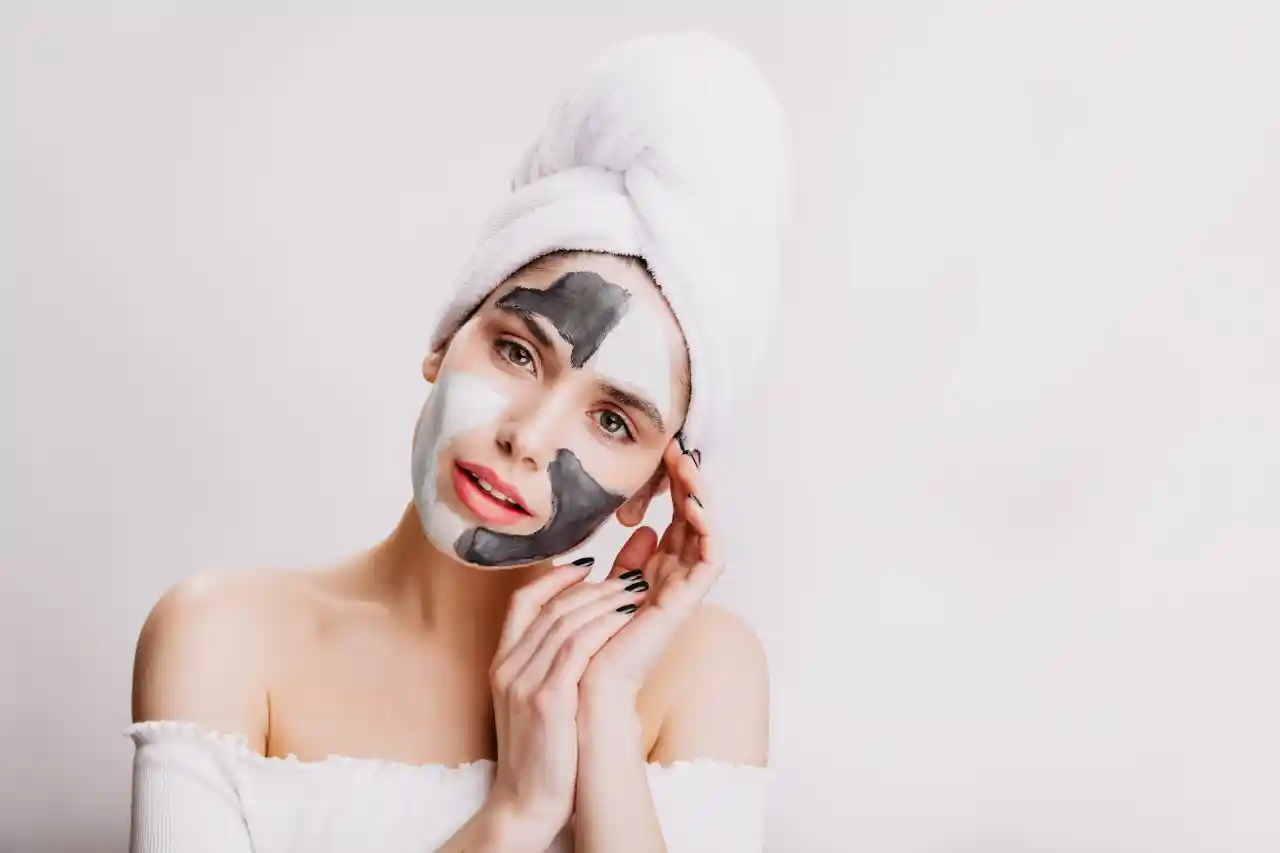
Last updated: 30-08-2022
Women are born beautiful! They deserve to feel and look great. Hearing "girl with a moustache" or "woman with a beard" is painful. Extra facial hair can be uncomfortable for many women.
Women usually have soft hair all over their bodies, including their faces. Sometimes, they get thick, dark hair on the upper lip, chin, chest, stomach, or back. This can be stressful. But it can be fixed.
What is excessive hair growth?
Excessive hair growth is when women have extra dark or thick hair that looks like men's hair. This affects their faces, chests, and backs. It impacts 5% to 10% of women who can have children. It often runs in families.
Causes of unwanted facial hair
-
Polycystic Ovarian Syndrome (PCOS): This is the most common cause. It causes uneven levels of sex hormones. This leads to extra hair growth. Other signs include irregular periods, acne, weight gain, and problems having babies.
-
Cushing problem: This happens when the body has too much stress hormone. It can develop from adrenal gland issues. It can also come from long-term use of medicines like prednisone.
-
High androgen levels: Women naturally produce androgens (male hormones). Too much can lead to excessive hair growth.
-
Congenital adrenal hyperplasia: This is a rare problem passed down in families. It affects the adrenal glands. It can cause extra hair growth.
-
Tumors: Rarely, tumors in the ovaries or adrenal glands produce male hormones. This can cause unwanted hair growth.
-
Obesity: Being overweight can increase the body's production of male hormones, which can make excessive hair growth worse.
-
Menopause: Hormone changes during menopause can cause extra facial hair.
-
Family background: Women from Middle Eastern, Mediterranean, or South Asian backgrounds are more likely to have extra body hair.
-
Medicines: Certain medicines can cause unwanted facial hair, including:
-
Phenytoin
-
Minoxidil (Rogaine)
-
Danazol
-
Cyclosporine
-
Antipsychotic drugs
-
Anti-seizure medicines
-
Glucocorticosteroids
-
Testosterone (Androgel, Testim)
-
Anabolic steroids
-
Dehydroepiandrosterone (DHEA)
Treatments for unwanted facial hair
-
Waxing and shaving: These are non-medical options. They can work well but need regular upkeep. They may also irritate the skin.
-
Hair removal creams: These creams dissolve hair. They may irritate sensitive skin. Always test on a small area first.
-
Laser hair removal: This uses light to damage hair follicles. It can provide long-lasting results. It is expensive and needs many treatments.
-
Electric current hair removal: This method uses electric current to remove hair permanently. It works on all hair types. It can be uncomfortable and takes a long time.
-
Birth control pills with two hormones: These pills can help reduce hair growth. They even out hormones.
-
Medicines to lower male hormones: These drugs help reduce androgen levels. This lowers hair growth.
-
Prescription cream (Vaniqa): This cream slows hair growth. It needs to be used regularly for continued results.
Conclusion
Unwanted facial hair in women is called excessive hair growth. It can be caused by hormone imbalances, medical issues, and medicines. Many treatments are available. These range from home remedies like waxing and shaving to medical treatments like laser hair removal and prescription creams. A doctor can help decide the best treatment plan.